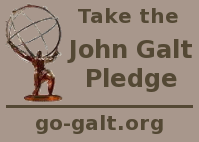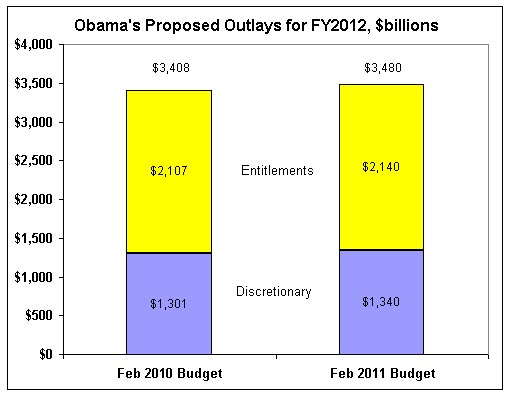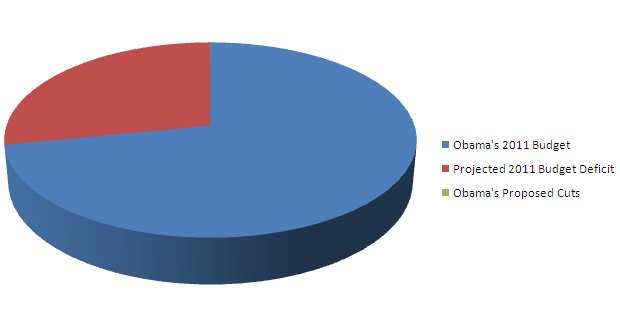11-14-2010

Permalink


"The Bernank"
|
Subject: Inflation is Not Your Friend!
Federal Reserve chairman Ben Bernanke thinks that we don't have enough
inflation in this country, so he is now engaged in printing up $600
billion crisp new dollars with which he will purchase government
securities such as treasury bills. Of course, the average person has
a glimmer of understanding that just printing money out of thin air
might not be such a good thing to do. (Don't we call that
counterfitting when others do it?) So the Fed tries to distract us
from those concerns by calling it Quantitative Easing, because
who actually understands exactly what that means? Well, let's
allow this short video explain it to us.
According to CNN
Money, in addition to the $600 billion in "new" cash, the Fed
also plans to "reinvest" up to an additional $300 billion from the
original $1.8 trillion in the 2008-09 first round of
Quantitative Easing. And we have already seen what a stupendous
failure that has been.
In an op-ed piece in the Washington Post,
Bernanke states:
|
The Federal Reserve's objectives — its dual mandate,
set by Congress — are to promote a high level of
employment and low, stable inflation.
|
What is so desirable about inflation, which is a decrease in the
purchasing power of money? Inflation means that producers are forced
to raise their prices, decreasing the size of their markets, and
consumers can obtain fewer goods and services with their earnings.
Why would anyone wish to promote or maintain inflation as a matter of
economic policy? The answer becomes clear once you determine exactly
who benefits from an ever inflating money supply.
As stated above, inflation is good for neither producers nor consumers.
But what about borrowers and lenders? Lenders provide cash for
today's purchases, with the promise to repay the principle plus
interest at some specified time in the future. With a stable
currency, it is easy to determine the rate of return on a given loan.
However, if the money supply is inflated during the course of the loan,
then the future dollars used to pay it back are worth less than those
loaned out in the present. Inflation works to the disadvantage
of the lender, but to the advantage of the borrower. Of course,
borrowers and lenders attempt to predict the level of inflation that
will occur over the duration of the loan and build this into the
interest calculations, but guessing too high means that the borrower
overpays for the loan, while underestimating the inflation means that
the lender does not achieve the anticipated rate of return on their
investment.
Now ask yourself, who is the biggest borrower of them all? The
obvious answer is the federal government, which as of today has
accumulated a national debt in excess of
$13.7 trillion,
and which continues to grow at an average of $4.14 billion each
day. The 2011 interest payment alone on this debt will be just under
$24.2
billion! If you could inflate the U.S. currency, just
imagine how much you would save by making this interest payment with
devalued dollars. Kick inflation up 3% and that makes your debt 3%
less valuable, which happens to be roughly a $411 trillion
savings without having to do anything except run some printing
presses. And if you can inflate 3% for a full year, than that 2011
interest payment can be effectively reduced by the equivalent value
of $726 million. Hey, not bad for a days work! In fact, why
stop at 3 percent? How about 4, 5 or more? You can never get too much
of a good thing!
Of course, there's no magic bullet here, because the government's debt
holders are sitting on the other side of this equation, and directly
lose a dollar for every one saved by Uncle Sam. And everyone else
sitting around with dollars (hey, that's you and me!) find that
their purchasing power is also reduced day by day. Inflation is really
just a hidden tax that the Fed and Treasury impose upon each of us to
cover their bills.
Now, if you listen to Bernanke, he will warn you of the dangers of
deflation:
|
Today, inflation is at 2%, below the Fed's target rate. While
low inflation is usually <sic> good thing, if
inflation gets too low, it can morph into deflation and
consequently economic stagnation
|
Here is what economist and market strategist Richard Salsman has to say
about this in his article, The
Deflation Myth:
|
The current anxiety over "deflation," that is, an increase in
money's purchasing power, causing a declining price level, is
ridiculous, for two reasons: (1) there's no actual deflation
to speak of (nor is it likely to occur in the coming few
years, given prevailing public policies), and (2) even if
some deflation were to take hold, it wouldn't necessarily be
bearish for equities, profits or economic growth.
Many economists presume, falsely, that deflation necessarily
coincides with (or causes) a contraction in economic output.
In fact, deflation by itself in no way curbs the motive to
produce, because it doesn't preclude the maintenance of
business profit margins. During the Industrial Revolution,
deflation was common. It was also a bullish phenomenon in the
second half of the 19th century, the period of the fastest
economic growth in human history.
The only genuine danger from deflation is that faced by
over-indebted, would-be deadbeats.
|
Possibly, Bernanke's real concern with deflation is that should it
occur, the U.S. government would find itself sitting on the other
side of the table, having to repay their immense debt with dollars of
increasing rather than decreasing value. And that is something that
should truly worry him! Maybe the Fed and Treasury are really nothing
more than those "would-be deadbeats" that Salsman warns of,
trying to insure that it is us and not them that take it in the shorts!
What do you think is the most likely explanation for a government that
has set inflation as its self-acknowledge mandate?
|








